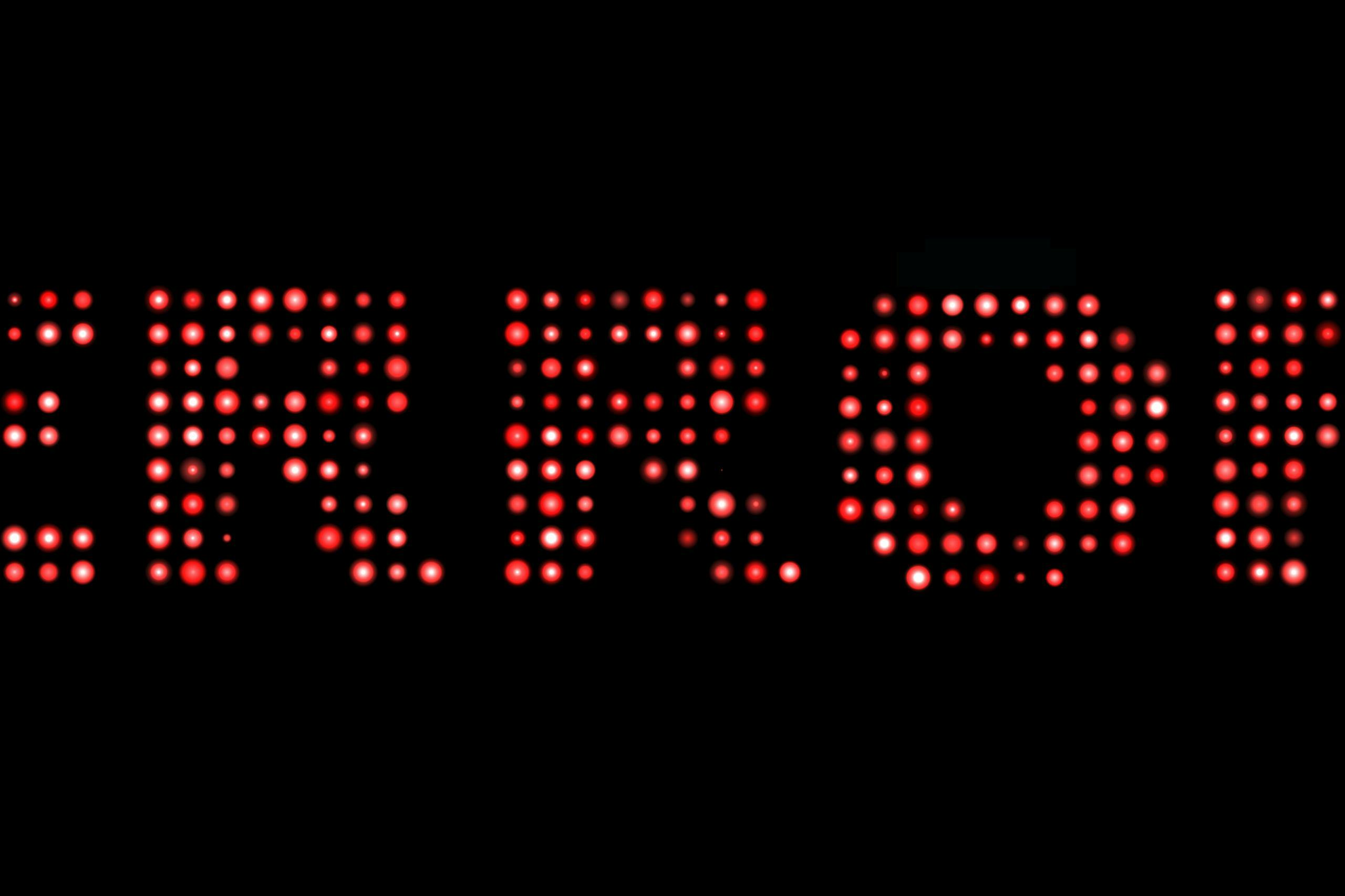ILLUMINATED SHOP SIGNS: THE FIVE DIY MISTAKES TO AVOID
For some time now, stores have opened the doors of their communication to illuminated signs designed to capture the attention of the potential customer. Unlike large companies, however, which rely on companies specialised in the design and construction of high-quality signs, shops tend to choose the "do it yourself" way, with the risk of committing trivial errors.
Some of the leading Italian companies in the sector, such as Eliosneon, have begun to offer their products and services also to traders and freelancers, creating tailor-made sustainable and highly effective illuminated signs. If you are going to create a new sign for your business, the advice is to rely on them. In the meantime, here is a short list of five DIY mistakes to avoid.
1. Don't write too much
The first mistake to avoid is to insert too many words in the store sign. The human eye can focus on only one element at a time: if you help it focus on a single message you are more likely to capture its attention and be remembered.
2. Don't talk about services and products
In line with the first point, it is best to avoid using illuminated signs to explain the products or services you sell. The customer is often bombarded with images and words: the more specific you can be, the more you will win their trust.
3. Avoid writing that is too small
The writings of the sign must be made with well-defined criteria and proportions so as not to lose the communicative force. Writing small is useless: it is better to use easily readable fonts (characters).
4. Do not use too many colours
Illuminated signs that are too colourful create big reading problems at a glance, because they prevent the reader from focusing on the message. Much better to limit yourself to a maximum of two colours that guarantee the effectiveness of communication.
5. Build strength with the supplier's brand
Always give precedence to your supplier's logo (if you have one) since it will be"stronger" than yours within the store sign. Mixing the two logos can create confusion for customers: better to gain strength with an already known brand.
